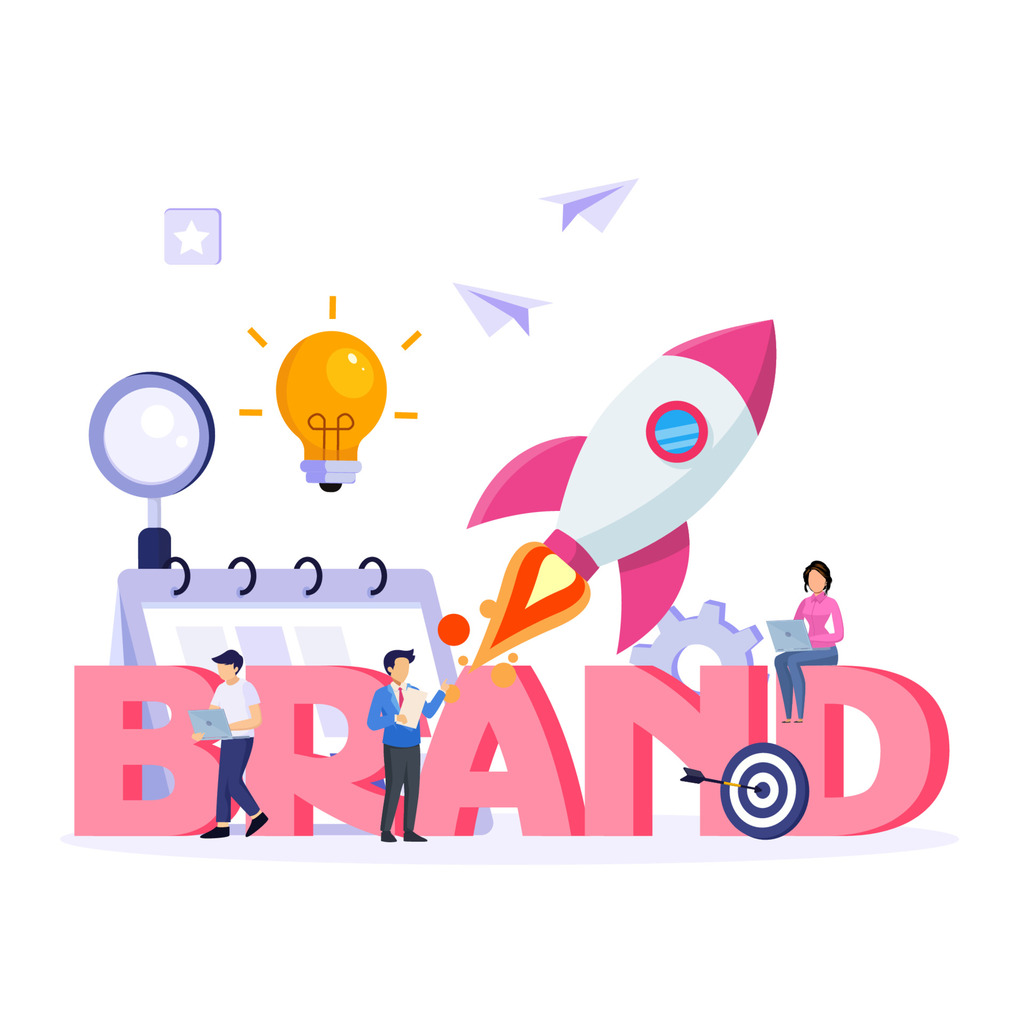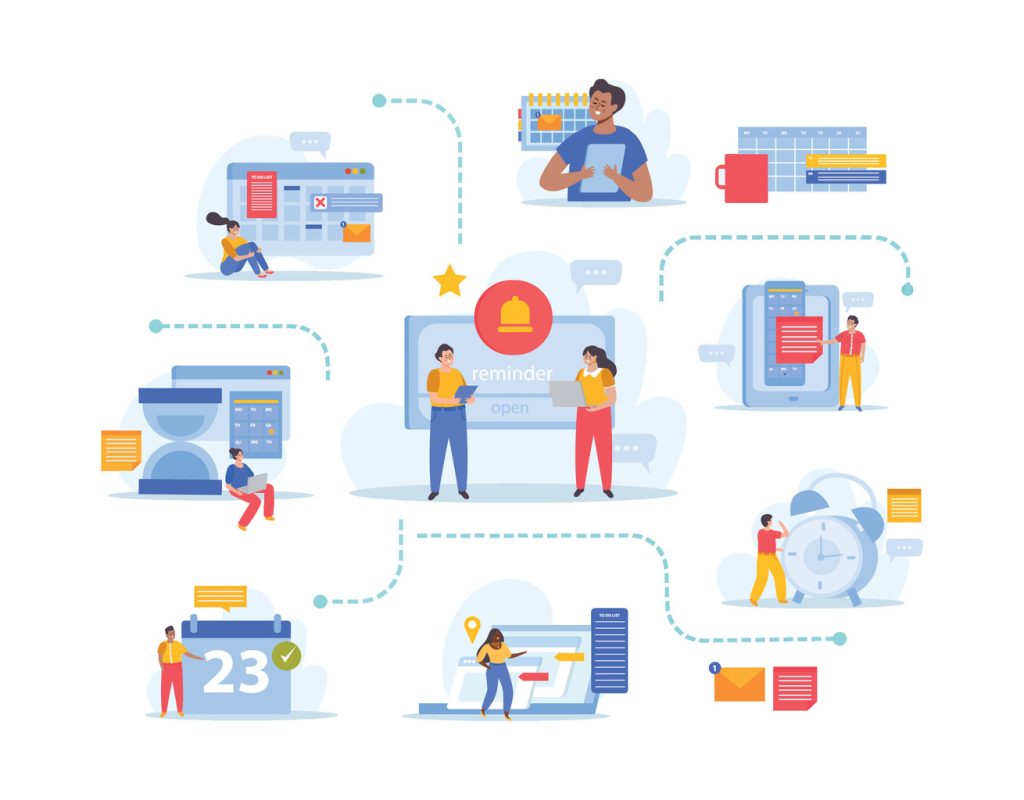Boost Your Brand with Customization & Branding Best Practices

Standing out in today’s crowded market demands more than generic campaigns. Research from Deloitte reveals 68% of consumers feel personalization directly improves their satisfaction, while 69% prefer brands offering tailored experiences. These strategies now separate thriving companies from those struggling to connect.
Forward-thinking organizations use personalized approaches to drive measurable results. Leaders in this space see 1.5x higher revenue per customer compared to competitors relying on outdated methods. Why? Consistent, relevant interactions build trust and encourage repeat purchases.
Effective execution requires aligning every customer interaction with core values. From website design to post-purchase follow-ups, cohesive messaging reinforces identity. This strategy turns casual buyers into vocal supporters who amplify reach organically.
Key Takeaways
- Personalized experiences boost customer satisfaction by 68% and conversion rates by 69%
- Top-performing companies generate 1.5x more revenue per client through tailored strategies
- Unified messaging across platforms strengthens recognition and trust
- Loyal customers often become unpaid advocates, expanding organic reach
- Data-driven adjustments ensure tactics stay relevant as markets evolve
Customization & Branding: A Game-Changer for Your Business
The digital age has shifted power to consumers, demanding tailored interactions from brands they support. Companies that align products with client expectations see 40% faster revenue growth than those using generic approaches. This shift makes personalization essential for survival in competitive markets.
Understanding the Core Concepts
Brand identity acts as a company’s fingerprint – a unique combination of values, visuals, and messaging. When paired with strategic personalization, it creates memorable experiences that convert first-time buyers into lifelong advocates. Research shows businesses using these combined tactics achieve 2.3x higher customer retention than competitors.
| Strategy | Engagement Rate | Repeat Purchases |
|---|---|---|
| Standardized Approach | 22% | 18% |
| Personalized Solutions | 61% | 47% |
Why Personalization Matters Now
Modern buyers expect products to reflect their lifestyles. A 2023 Retail Dive study found 73% of shoppers abandon brands that don’t recognize their preferences. Successful companies use data-driven insights to craft offers matching specific audience needs, from demographic trends to purchase histories.
This strategy builds emotional connections that generic campaigns can’t replicate. Businesses implementing personalized experiences report 35% shorter sales cycles and 28% higher average order values. The key lies in balancing automation with human-centric design principles.
Building a Strong Brand Identity Through Visual Customization

Visual elements serve as silent ambassadors for company values. A 2023 Nielsen study found 78% of consumers recall organizations with distinct visual systems versus generic ones. This recognition drives engagement, with 3x higher click-through rates on branded campaigns compared to standard designs.
Logos, Colors, and Style Guides
A company’s logo acts as its visual handshake. Research indicates 64% of customers make purchasing decisions based on memorable emblem designs. Strategic color schemes amplify this effect – red triggers urgency, while blue builds trust.
| Visual Element | Recognition Rate | Engagement Increase |
|---|---|---|
| Standard Design | 31% | 22% |
| Custom Visual System | 89% | 67% |
Style guides prevent visual chaos across platforms. Businesses using detailed documentation report 42% fewer inconsistencies in marketing materials. This cohesion strengthens professional credibility.
Illustrations and Branded Imagery
Unique graphics tell stories words can’t capture. A 2024 MarketingWeek survey revealed 81% of audiences prefer content with original illustrations over stock photos. Custom visuals create emotional hooks that boost retention by 53%.
Consistent imagery across websites and social media builds familiarity. Brands maintaining visual harmony see 2.1x more repeat purchases than competitors with disjointed aesthetics. The key lies in balancing creativity with strategic alignment to audience preferences.
Leveraging Technological Innovations in Customization
Modern shoppers demand more than static product displays. Cutting-edge tools now let businesses create immersive experiences that drive decisions. Luxury retailers using interactive 3D visuals report 40% higher conversions compared to standard photography. This shift redefines how companies present their offerings.
Interactive 3D Images and Virtual Photography
High-definition 3D imaging lets customers rotate items and zoom on details like stitching patterns. Furniture brands use this technology to show exact fabric textures under different lighting conditions. Real-time configurators update visuals instantly when users select colors or materials.
Virtual photography eliminates costly reshoots. Shoe companies can generate 10,000 product variations from one 3D model. This approach slashes production time while maintaining visual consistency across platforms.
Augmented Reality Solutions for Apparel and Beyond
AR bridges online and in-store experiences. Nike’s virtual try-on feature increased engagement by 3.5x compared to standard product pages. Customers use smartphone cameras to see how sneakers fit their feet before purchasing.
Home decor brands deploy AR to project furniture into living spaces. Users check if items match their room dimensions and style. These tools reduce returns by 29% while boosting confidence in purchase decisions.
Integration requires minimal technical effort. Most solutions plug directly into existing e-commerce platforms through APIs. Businesses gain advanced capabilities without overhauling their digital infrastructure.
Enhancing Customer Experience and Loyalty with Personalization

In an era where consumers crave individuality, personalization has become the cornerstone of meaningful brand interactions. Over 73% of shoppers abandon companies that fail to recognize their preferences, according to Retail Dive. Businesses that align offerings with client needs see 28% higher order values and stronger emotional connections.
Tailoring the Customer Journey
Mapping touchpoints using behavioral data ensures relevance at every stage. A 2024 Salesforce study found companies using journey analytics achieve 2.1x higher retention rates. Effective strategies include:
- Dynamic content that adapts to browsing history
- AI-driven product recommendations based on past purchases
- Location-specific offers delivered in real time
These approaches transform routine transactions into memorable experiences. Brands implementing them report 53% faster resolution of customer service issues.
Driving Conversions through Customized Experiences
Personalized pathways guide shoppers toward decisions without pressure. Sephora’s Beauty Insider program demonstrates this principle – members spending 2.4x more than non-members through tailored rewards. Key tactics include:
- Abandoned cart reminders with complementary product suggestions
- Exclusive discounts tied to individual purchase patterns
- Post-purchase follow-ups offering usage tips
Businesses prioritizing these methods see 41% higher lifetime value from loyal customers. The result? A self-reinforcing cycle where customer satisfaction fuels repeat engagement and organic advocacy.
Practical Strategies for Product Customization and Marketing
Industry leaders prove tailored product strategies drive measurable results. A 2024 Green Consumer Report found 81% of shoppers pay premium prices for items reflecting their values. This creates opportunities for businesses to merge purpose with profit.
Real-World Examples from Industry Leaders
Patagonia’s Build-Your-Own-Jacket tool lets customers select recycled materials while viewing environmental impact stats. This approach boosted engagement by 67% and increased average order value by $42. Tech giant Dell uses 3D exploded views to explain laptop components during configuration.
“Interactive product tools reduce decision fatigue while educating buyers – it’s the future of conscious commerce.”
Software companies now offer turnkey solutions for businesses. The table below compares top platforms:
| Tool | Key Feature | Implementation Time |
|---|---|---|
| Threekit Visual CPQ | 3D modeling & AR integration | 2-4 weeks |
| Adobe Product Configurator | Cloud-based customization | 3-5 days |
| Zakeke AI Designer | Instant mockup generation | 24 hours |
Tools and Software to Simplify the Process
Modern solutions eliminate technical barriers. Printful’s merchandise designer allows businesses to upload logos and see real-time previews on 200+ products. Brands using these systems report 39% faster production cycles and 22% fewer errors.
Lush Cosmetics demonstrates smart implementation. Their #LushLabs app lets users create custom bath bombs while tracking ingredient origins. This strategy increased repeat purchases by 58% among eco-conscious buyers.
Integrating Customization & Branding Across Multiple Channels

Modern consumers interact with companies through multiple touchpoints daily. Businesses maintaining cohesive identities across these channels see 58% higher recall rates than fragmented competitors. This alignment builds familiarity – a critical factor when 63% of buyers choose recognizable brands over alternatives.
Harmonizing Digital and Physical Experiences
Effective multi-channel strategies start with documented guidelines. Industry leaders report 47% fewer inconsistencies when using style manuals covering color codes, tone, and imagery standards. These rules adapt to platform needs – Instagram demands vibrant visuals, while LinkedIn prioritizes professional messaging.
Retailers blending online and in-store tactics achieve standout results. Best Buy’s app shows real-time inventory, letting customers check local stock before visiting. This synergy between website tools and physical locations reduced abandoned purchases by 29%.
- Centralized asset libraries ensure visual consistency
- AI-powered tools adjust content for different platforms
- Unified CRM systems track interactions across channels
Successful integration requires balancing adaptability with core identity. Fashion brands like Madewell maintain signature aesthetics while tailoring social media content to platform demographics. Their TikTok showcases trends, while email campaigns highlight timeless pieces.
Companies excelling in cross-channel alignment see measurable gains. A 2024 MarTech study found they achieve 2.3x more repeat purchases than peers. For actionable strategies, explore our guide to comprehensive marketing strategies that bridge digital and physical experiences.
Conclusion
Strategic investments in tailored experiences now separate market leaders from followers. Businesses implementing cohesive brand identity systems achieve 78% higher recall rates than generic competitors. These systems transform standard interactions into memorable journeys that boost satisfaction and drive measurable growth.
Professional execution of visual elements – from logo placement to color psychology – builds instant recognition. Combined with smart personalization tools, companies create emotional connections that generic campaigns can’t match. Data shows organizations using these methods secure 47% more repeat purchases than peers relying on outdated tactics.
Multi-channel consistency remains critical. Brands maintaining unified messaging across platforms see 2.1x higher engagement from customers seeking reliable experiences. Technology simplifies this process, allowing real-time adjustments while preserving core identity elements.
Forward-thinking businesses reap rewards beyond immediate sales. They build lasting relationships where satisfied customers become organic advocates. In markets where 73% of shoppers abandon impersonal brands, these strategies don’t just attract attention – they cement market leadership.

